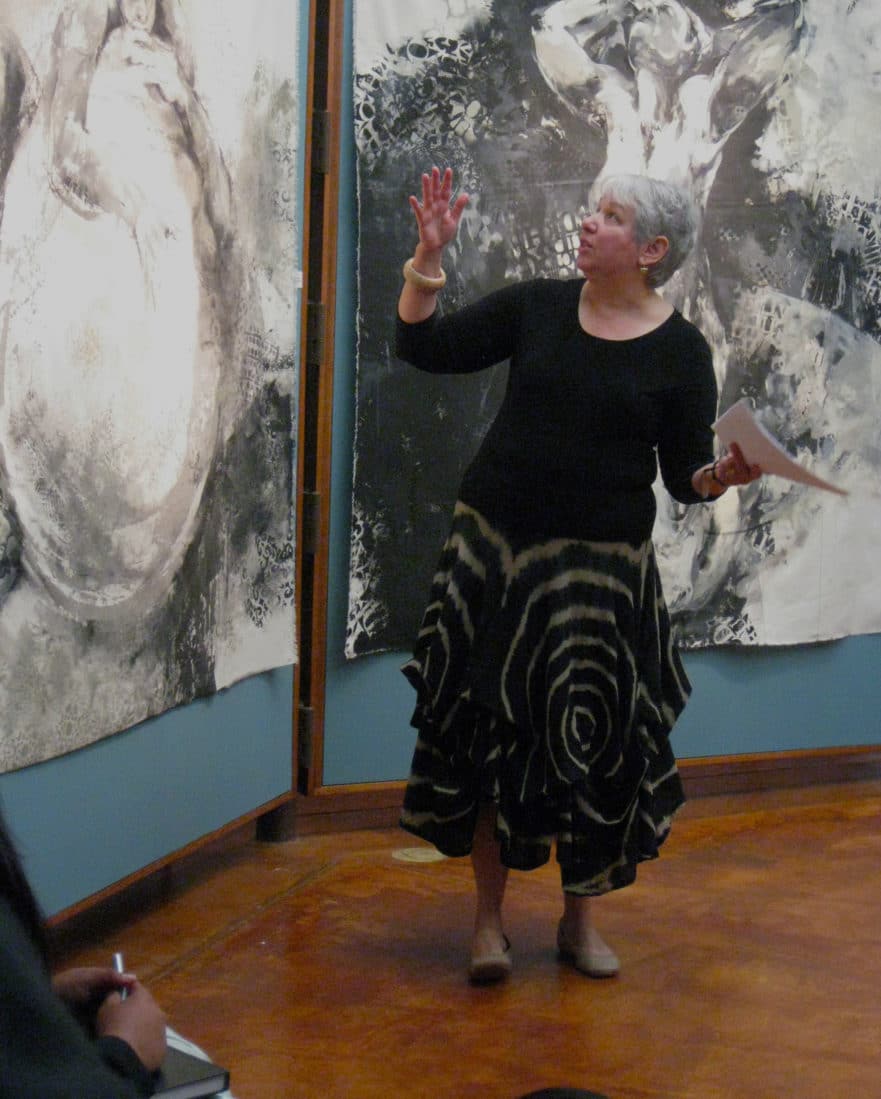In the university studio art classes I taught, it was my habit to ask each student to submit a ½ to 1 page statement of intent when they turned in their creative solutions to my assignments. On the day of our class critique, each student would stand at the front critique wall next to their project, to introduce themselves. They would speak briefly about their solution for the project, as well as answer any questions put forward from their classmates.
Why was this experience important? For one thing I wanted these young artists to begin to practice expressing their creative ideas. By completing this writing assignment, and the subsequent verbal critique presentation, I expected they might begin to gain comfort and credibility framing their thoughts using the vocabulary of an aspiring professional studio artist.
In their writing and speaking activities, the students presenting and the students that comprised their audience were admonished to avoid making “soft” statements such as “I like it”, “It’s nice”, or “that’s really great”. By eliminating soft language from either side of the discussion, we all began to gain comfort explaining WHY we did what we did and WHY we believed it worked as an effective solution to the assignment.
Because the students got more and more proficient in solidly expressing their intentions, their classmates and I were better able to measure in tangible terms whether they had actually succeeded (or not). Most important, with a clear idea of the maker’s intention, we were able to suggest specific means to further strengthen their artwork if it had not fully achieved their intention or solved the problem assigned.
So what value does this art school practice have for you as an aspiring or professional artist? Speaking about your artwork using language that is meaningful, descriptive, and intelligent helps your viewer understand you, your ideas, your visual content, as well as your intention. Granted, your viewer may find and share other things in your artwork that you had not planned – that is an added bonus. The crucial thing is that you are assisting your viewer in coming “on board” with increased knowledge. Improving communication is certain to boost your success – whether in terms of engaging your audience, increasing your artistic opportunities, enhancing your artwork sales, or in perfecting your ability to garner recognition for your creative efforts.
Sharpening your communication skills is well worth your attention.

During my Artist Talk for Allan Hancock’s art students, my goal was to engage them in my process as well as the Mother Earth project’s political & social issues.


